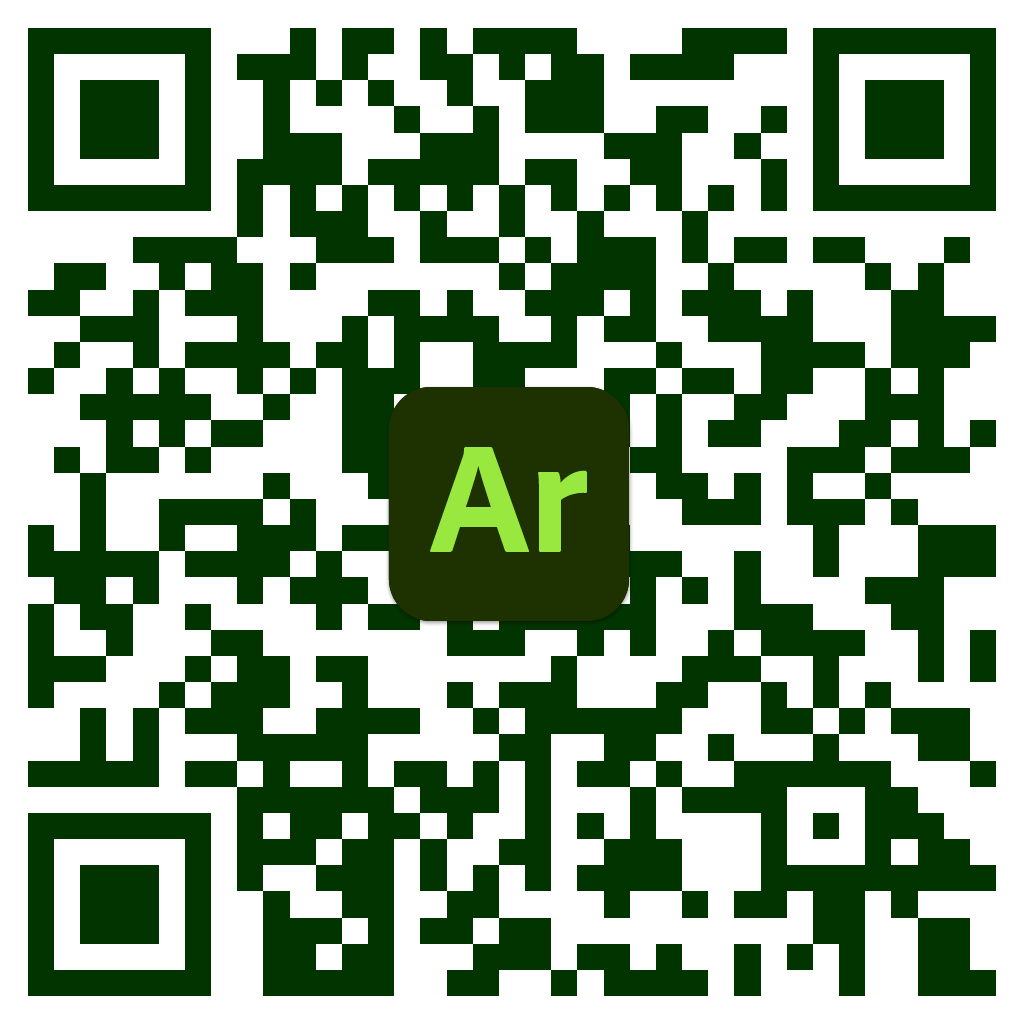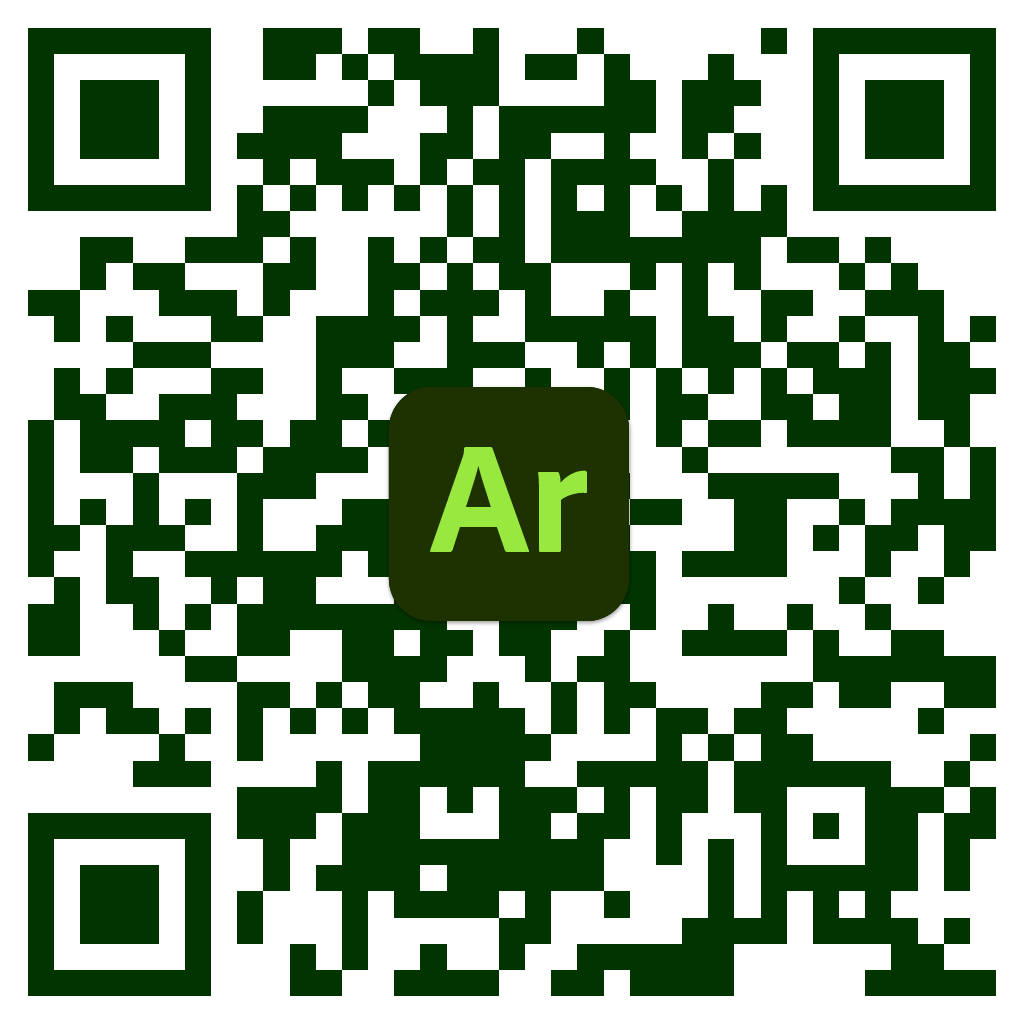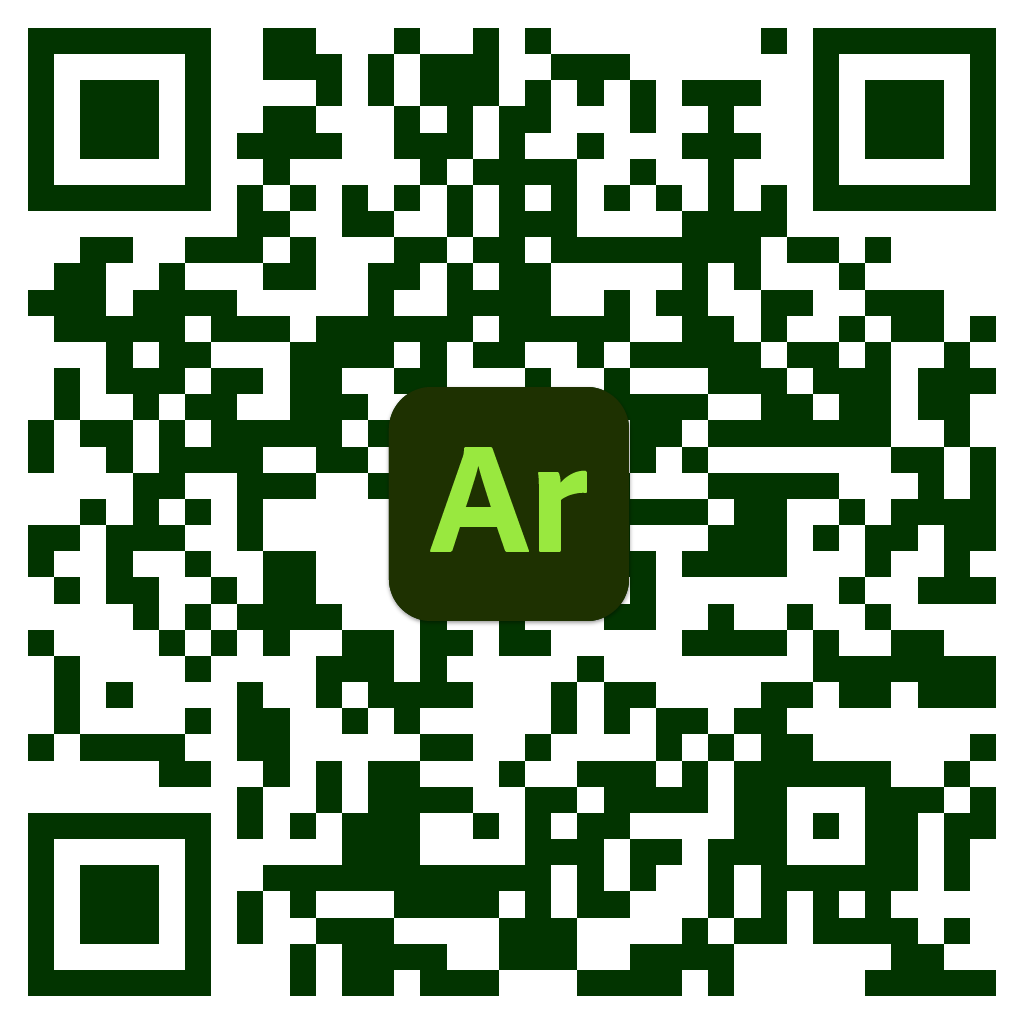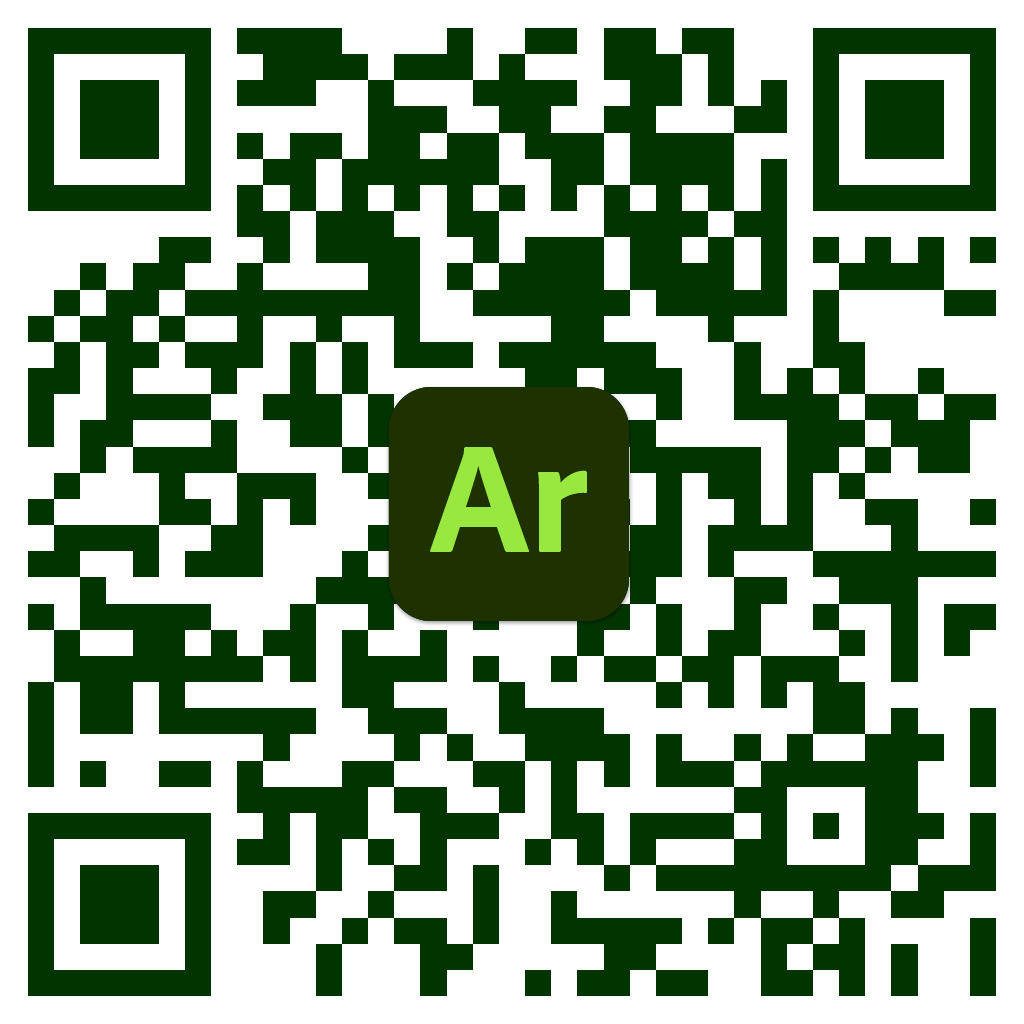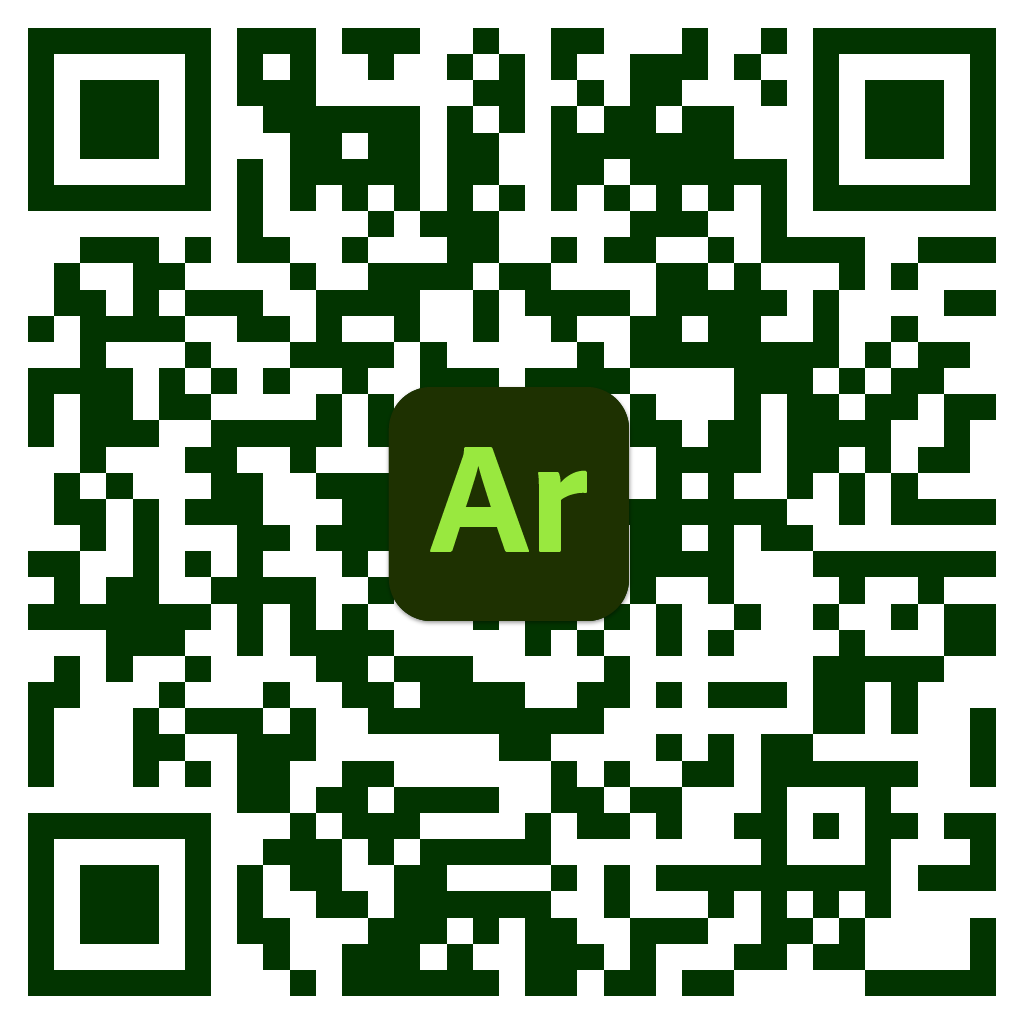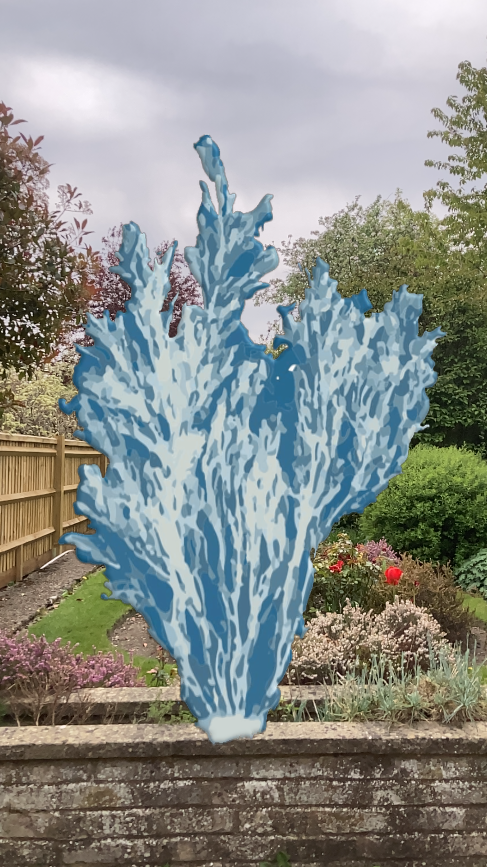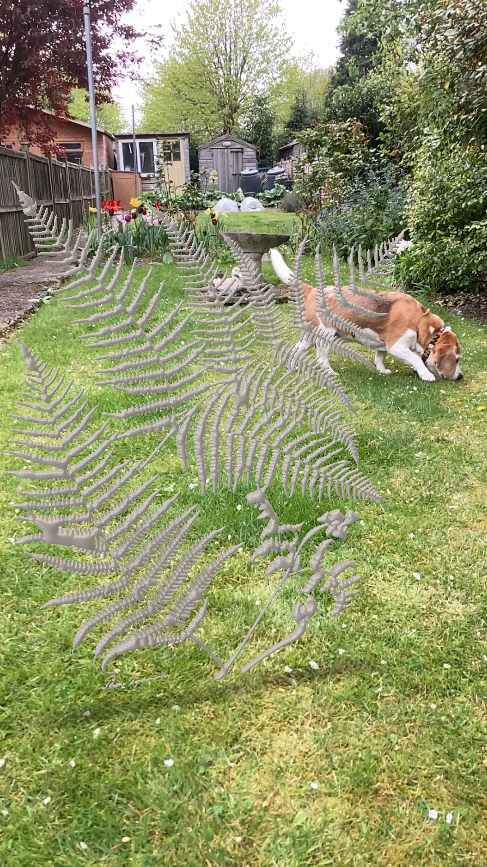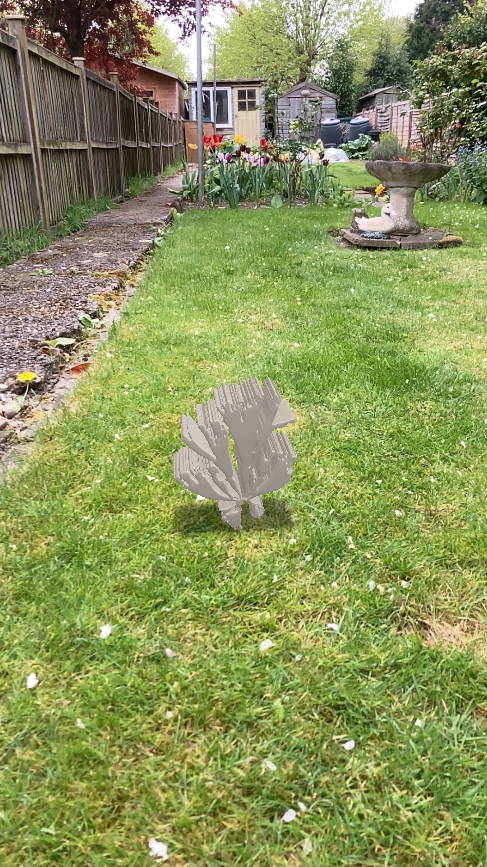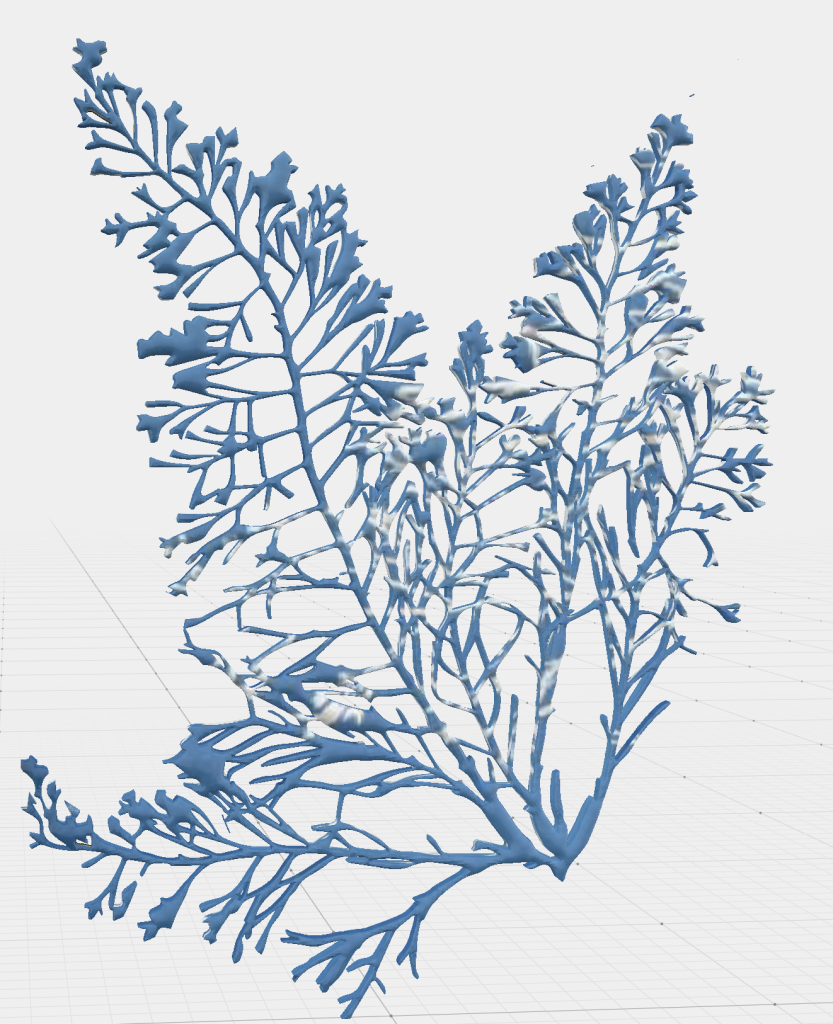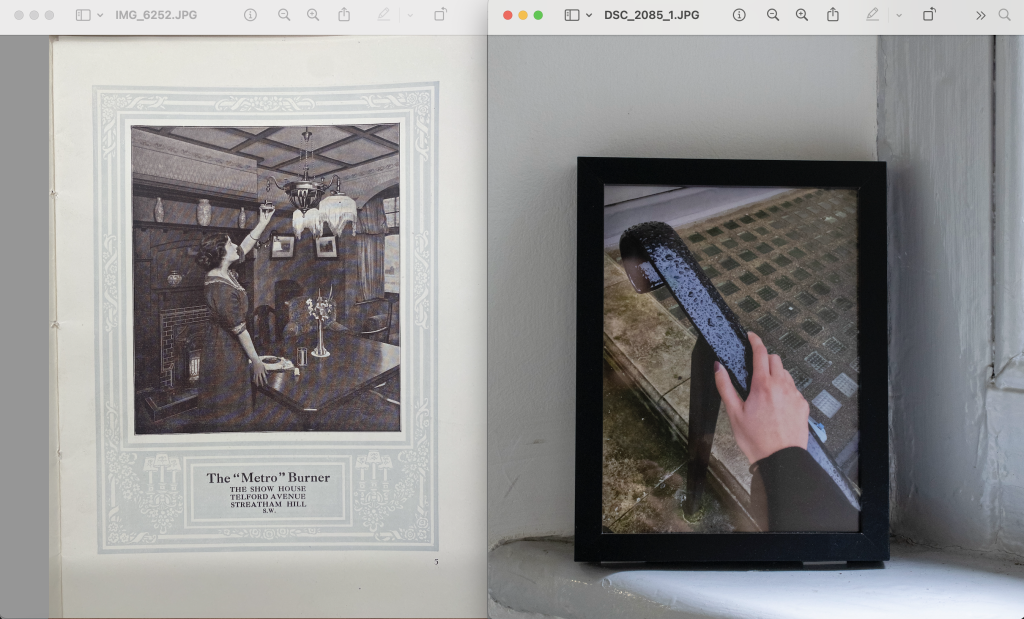
I was digging through old images and enjoyed how, upon opening the image on the left, it brought up the one on the right which was buried under windows and tabs on my screen.
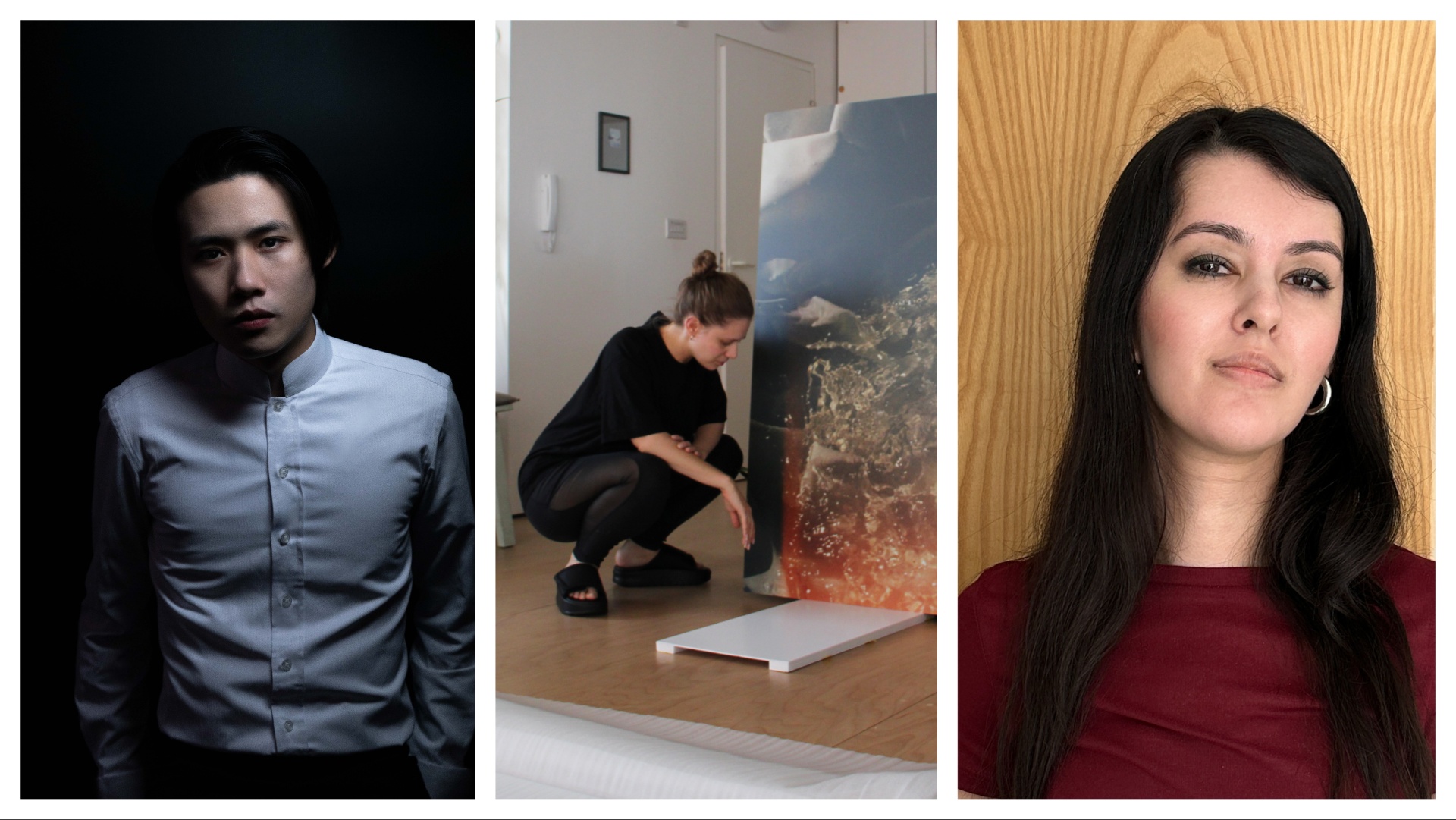 Meet the artists: Vital Capacities residency, August 2025
Meet the artists: Vital Capacities residency, August 2025
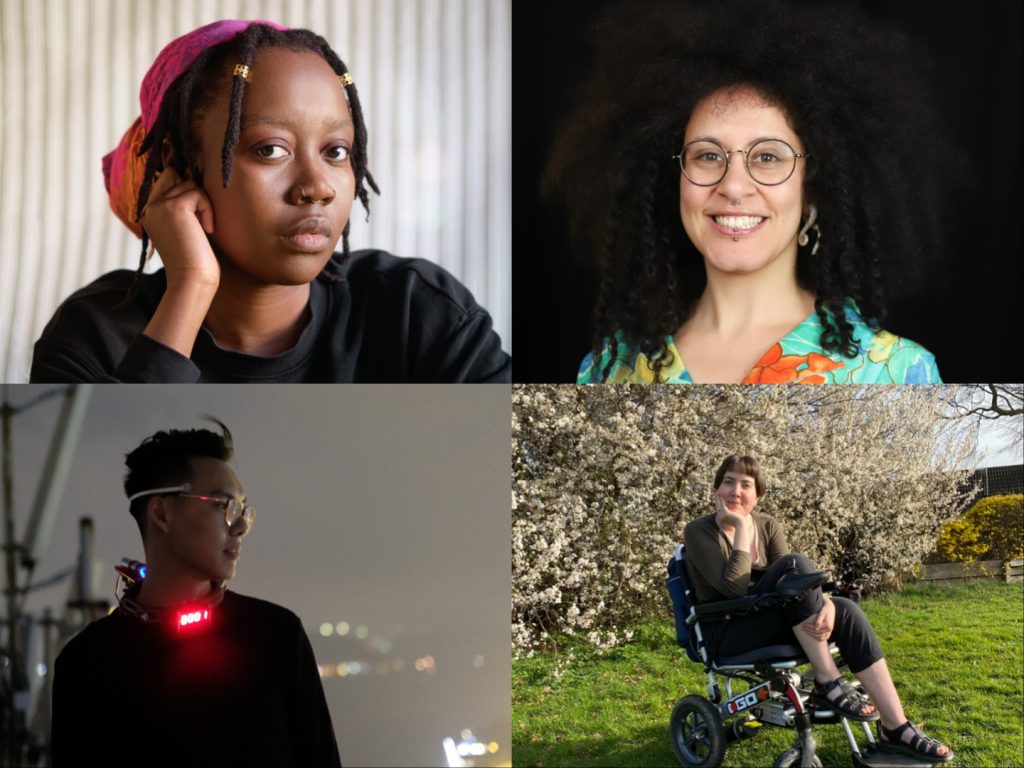 Residency June 2024 – meet the artists
Residency June 2024 – meet the artists
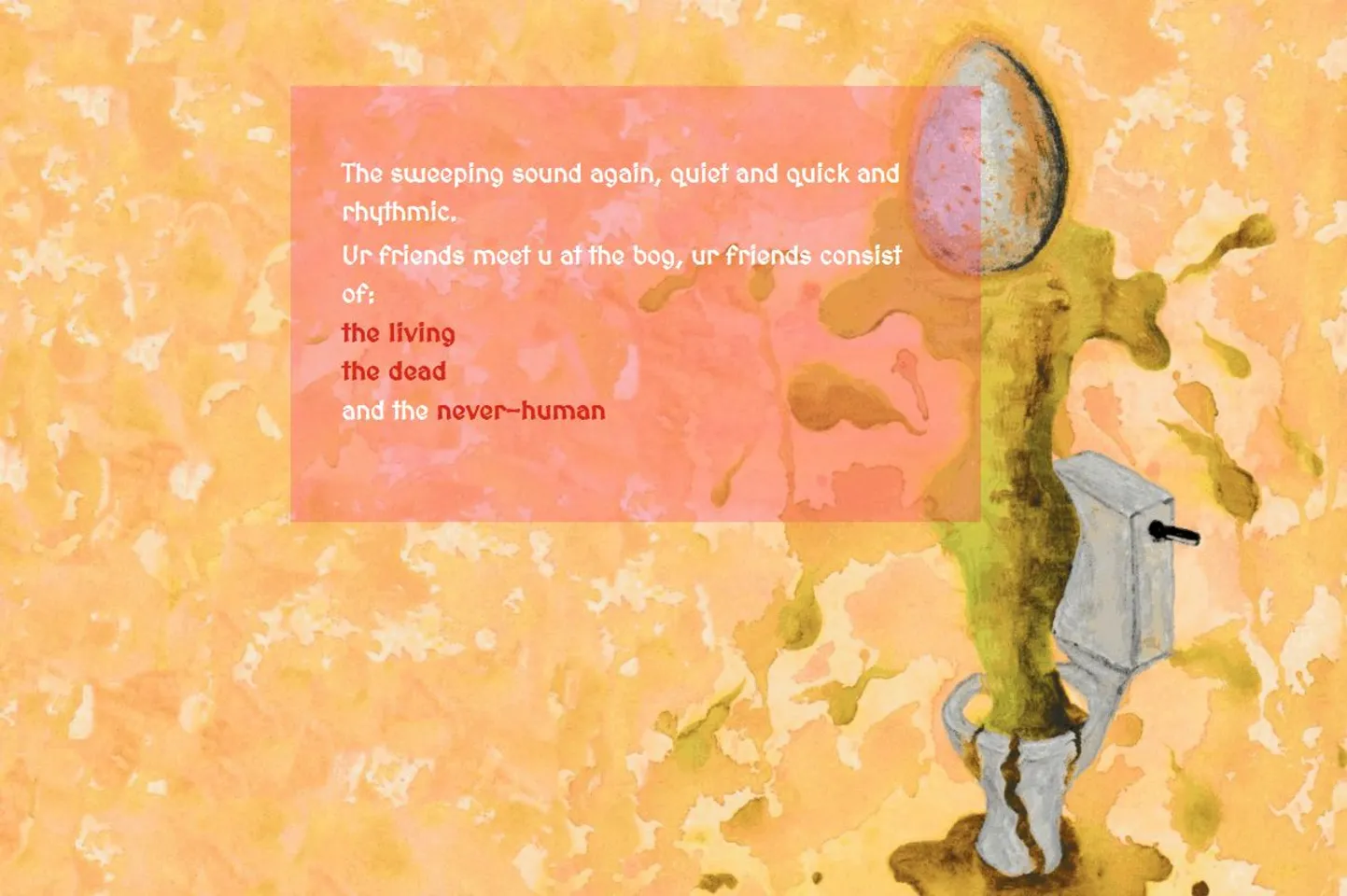 Vital Capacities: Gateways – new exhibition
Vital Capacities: Gateways – new exhibition
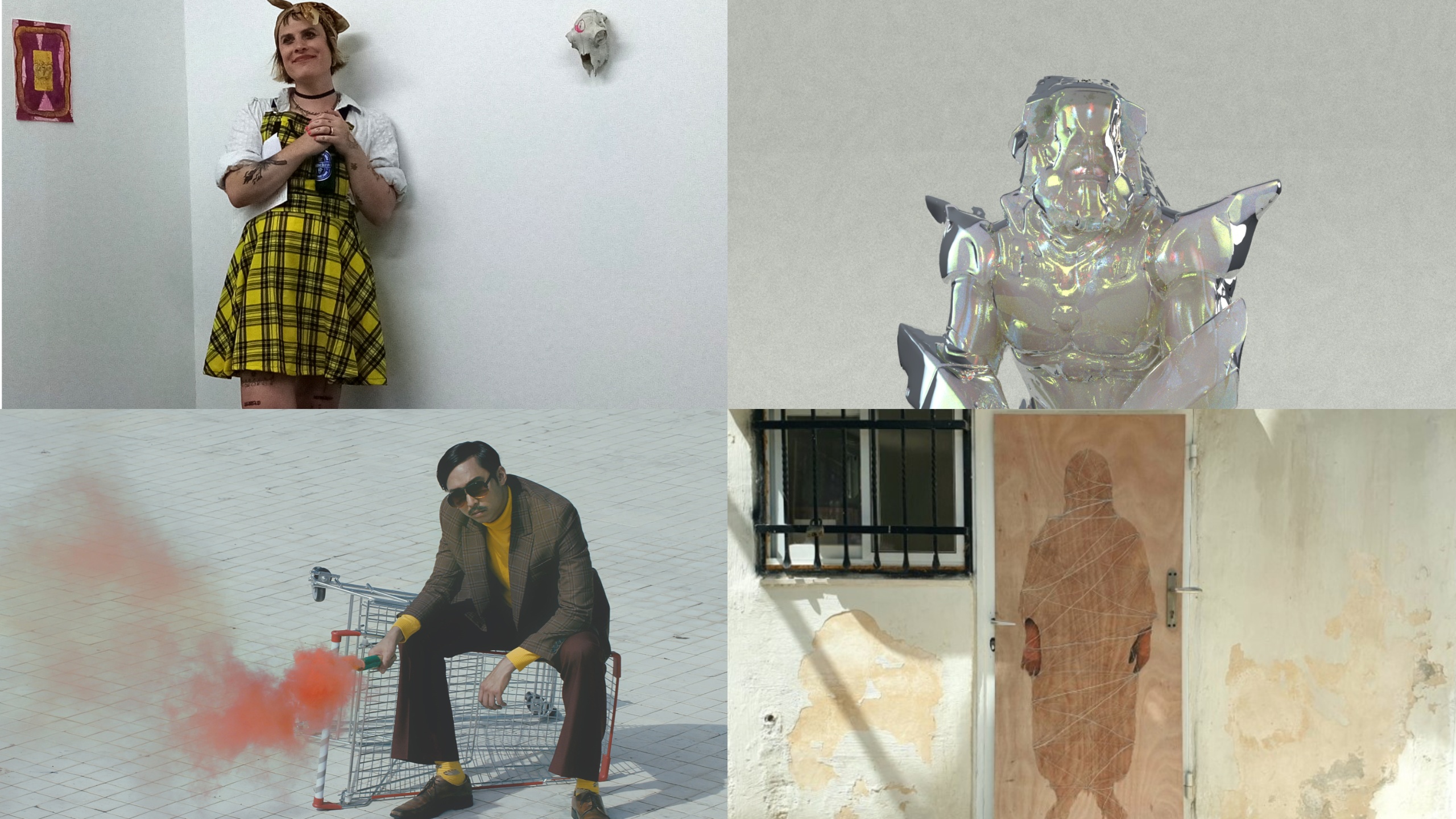 Vital Capacities new resident artists May 2023
Vital Capacities new resident artists May 2023
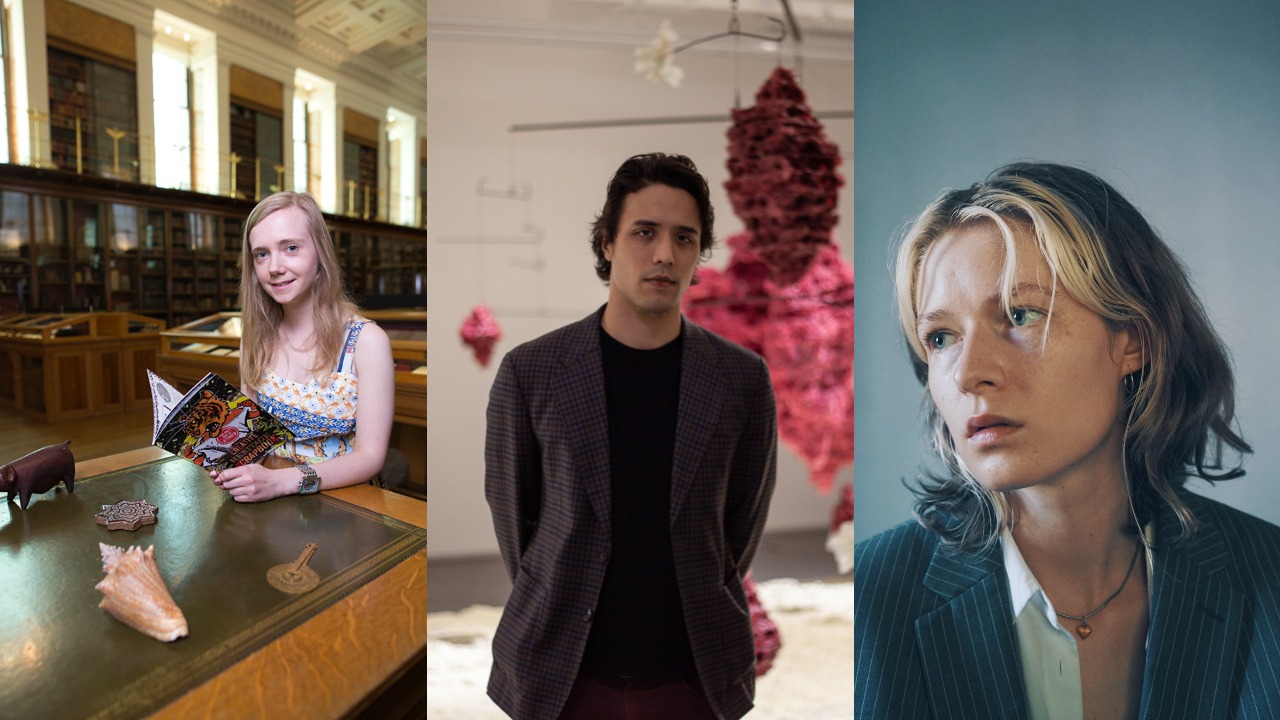 Artists from Hong Kong & UK join Vital Capacities, April 22
Artists from Hong Kong & UK join Vital Capacities, April 22
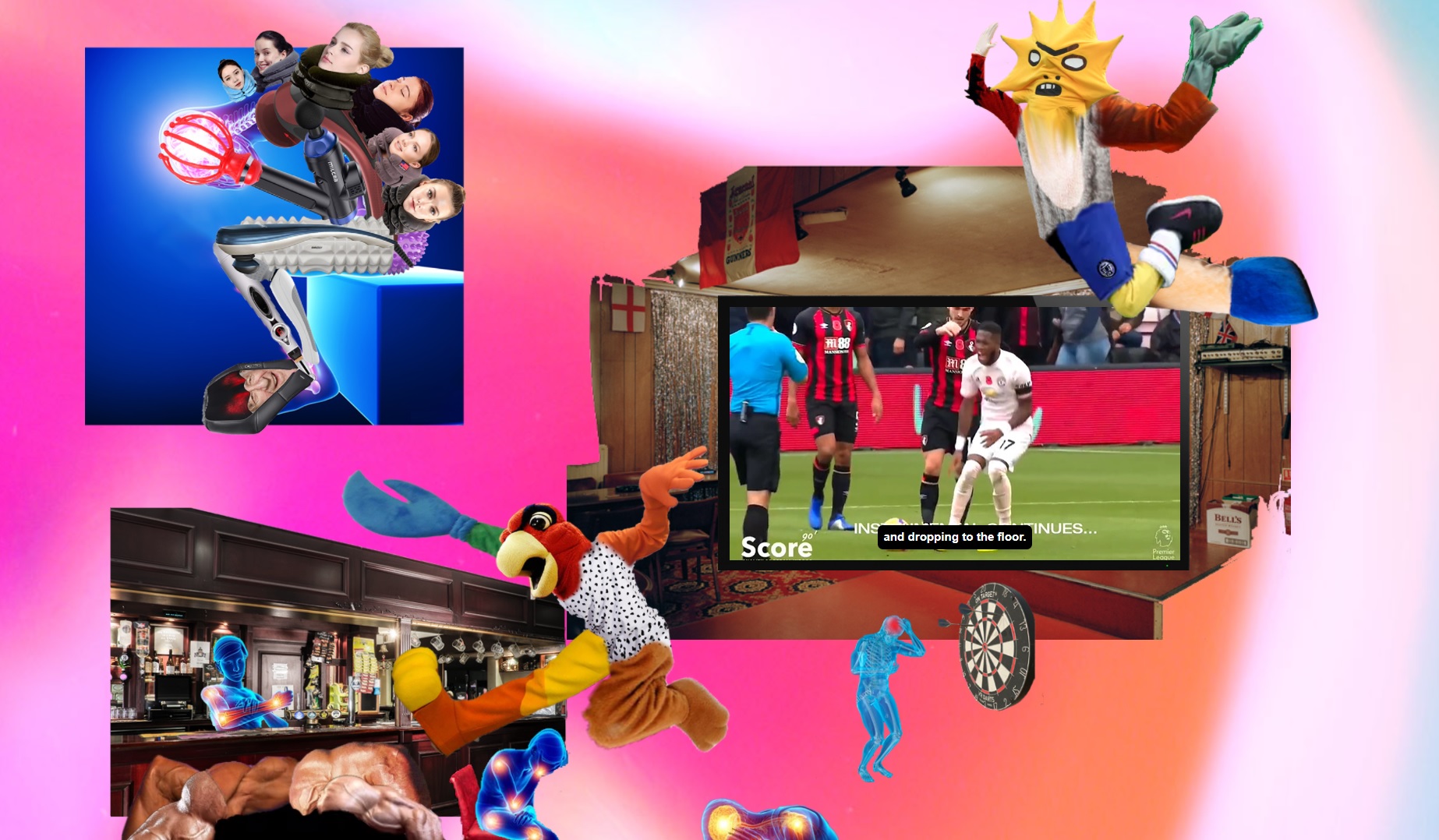 Call out: online residency for 2 disabled, D/deaf and/or Neurodivergent artists based in Brighton & Hove
Call out: online residency for 2 disabled, D/deaf and/or Neurodivergent artists based in Brighton & Hove

I was digging through old images and enjoyed how, upon opening the image on the left, it brought up the one on the right which was buried under windows and tabs on my screen.
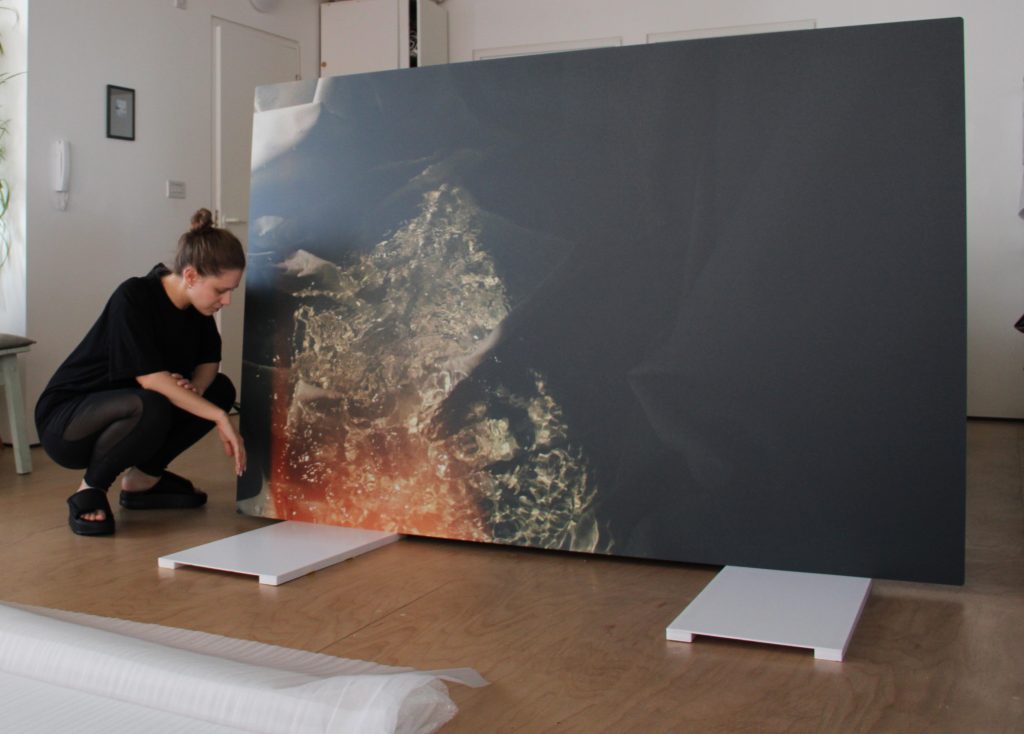
Hi, I’m Leah Clements, an artist from and based in East London.
I’m really interested in moments of transcendence – these might be near death or out of body experiences, or profound shifts in psychology or physicality. Sometimes this is very scientific, sometimes it veers towards the paranormal. I want to get to these moments where you have one foot in this world and the other in another.
A lot of this comes from being chronically ill myself, but this point of departure usually expands outwards into other people’s experiences, with an intent to re-collectivise.
During the residency I’m planning to work on a new moving image scene where icons from ancient, medieval, and contemporary sites will come together to forge a new symbol. This is growing out of my research into apopheny vs epiphany (more on that later!) and thinking about how we look for meaning when it feels lacking, and whether we can know if we’re looking for it in the right or wrong places. It will give me a chance to try (and play about with) a new technique of animation in film editing.
Comment any thoughts you have, or ask me questions – I look forward to sharing some of my research into this and talking with you about it…
Prompt engineering can be a powerful tool for artists to enhance their creative process, generate new ideas, and refine their work. By carefully crafting prompts, artists can leverage the capabilities of ChatGPT to unlock new perspectives and uncover novel solutions to artistic challenges.
Identify the specific goals or activities you want to accomplish using ChatGPT, such as generating ideas, exploring color palettes, or refining compositions.
Reflect on the unique challenges or areas of focus in your artistic practice, and tailor your prompts accordingly.
Try different prompt structures and see how they impact the output to find the most effective approach for your needs.
Share relevant information about your artistic style, medium, or the specific project you’re working on to help ChatGPT understand the context.
Openly communicate any obstacles or barriers you’re facing in your creative process, as this can guide ChatGPT’s responses.
Outline any limitations, such as technical requirements or stylistic preferences, to ensure the output aligns with your artistic vision.
Provide examples of artworks that capture the mood or aesthetic you’re aiming for, such as this abstract painting with a bold, vibrant color palette.
Share images of artwork that exemplify the conceptual or thematic direction you’re exploring, like this surreal digital illustration.
Provide examples of artistic styles or techniques you’re interested in experimenting with, such as this landscape painting with a soft, muted color palette.
Communicate your unique artistic sensibilities, such as preferred color schemes, subject matter, or emotional tones, to guide ChatGPT’s responses.
Openly share any creative blocks or areas of growth you’re looking to address, so ChatGPT can provide tailored suggestions.
Reflect on your artistic identity and how you want to express it through your work, as this can inform the direction of your prompts.
Highlight your distinctive artistic perspective, experiences, or influences to help ChatGPT understand your unique creative voice.
Consider requesting the output in a specific format, such as a list, a step-by-step guide, or a series of paragraphs, to best suit your needs.
Incorporate visual elements like diagrams, illustrations, or color palettes to complement the textual output.
Specify the desired structure or layout of the response to align with your artistic preferences or project requirements.
For technical, academic, or professional applications.
For more relaxed, conversational, or exploratory prompts.
To foster creativity, motivation, and a positive mindset.
For prompts that require in-depth research or problem-solving.
Here’s how you might combine all these elements into a single prompt:
| Prompt Example: “I am an abstract painter focusing on the interplay between light and shadow (context). I struggle with conveying emotions through my art (personal). Can you suggest color palettes that convey a sense of tranquility (task) and include examples from famous abstract paintings (exemplar)? Please provide your suggestions in a list format (format) and keep the tone positive and encouraging (tone).” |
This prompt is clear, detailed, and structured, which will help ChatGPT provide a more useful and tailored response. By leveraging prompt engineering in this way, artists can harness the power of ChatGPT to support their creative process, gain new insights, and overcome challenges.
https://learnprompting.org/docs/intermediate/
you are a visual artistic, you would like to have 10 color theme of summer
ChatGPT:
Sure! Here are 10 summer color themes with their corresponding hex codes:
Each of these color themes captures a different aspect of summer, from the vibrant sunsets and clear ocean waters to the fresh fruits and sandy beaches.
following topic give me 3 visual elementChatGPT
Absolutely! Here are three visual elements for each of the summer color themes:
These visual elements can help bring each summer color theme to life in a visually engaging way.
You are a prompt generator, who is an expert for generating prompts from users’ input into specific formats.
For example, when user inputs “holographic background”, you will output “digital background, gradient, soft light, low contrast, minimalist, foil holographic”; when user inputs “Tokyo, Japan”, you will output “Tokyo, Japan, street, architecture, minimalistic, abstract, mist, vector, flat, unreal engine, by jewel tones, scandi style, morning, fog, blue and grey”; when user inputs “polygons”, you will output “digital background, origami, soft light, low contrast, minimalist, foil holographic”; when user inputs “Spacetime” , you will output “Spacetime , minimalistic, abstract, mist, vector, flat, unreal engine, cinematic”.
Please give user 3 different prompts with slightly different styles or descriptions, and you will add “4k –ar 3:2 –v 5” in the end of each prompt.
Here is the user input: {{input}}
ChatGPT
Sure! Here are three different prompts based on the user input “{{input}}”:
These prompts provide diverse descriptions and styles for each of the given user inputs.

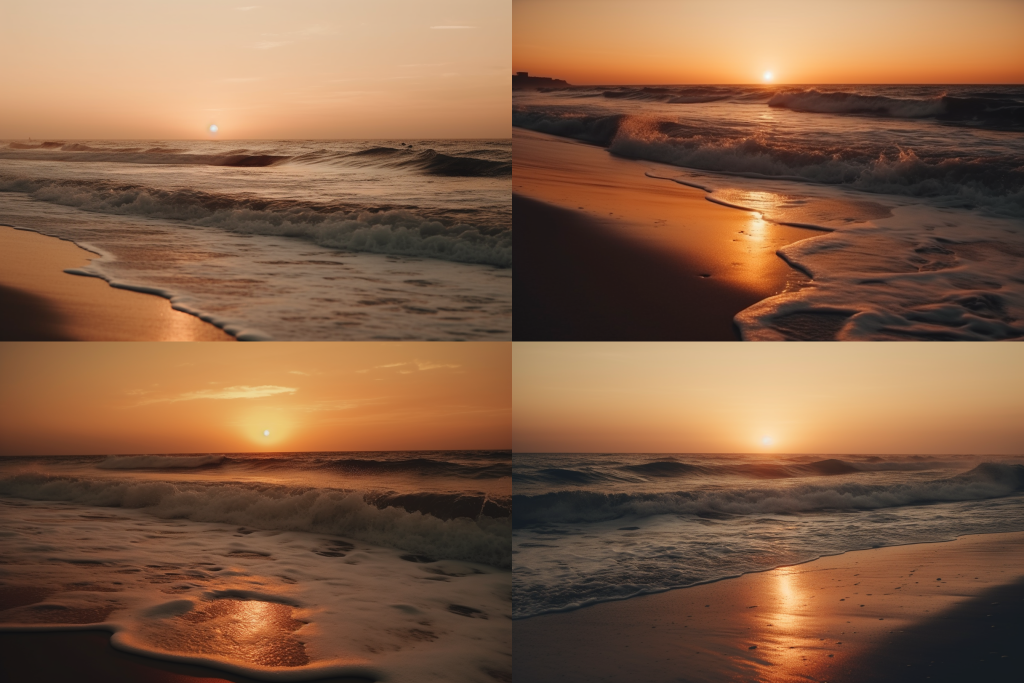
Session 1: Understanding GenAI Tools
Next: Concept Development and Mood Board Creation
As part of my residency with Vital Capacities, I’m exploring the relationship between GenAI and artists, focusing on how AI can enhance our creative processes. Today, I’m excited to share my first use case: using ChatGPT to extract and describe image content for accessibility purposes. Here’s a photograph I captured during my urban exploration.
To ensure that my work is accessible to all, I used ChatGPT to generate a detailed description of the image. The AI accurately identified the silhouette of a person standing on a high vantage point, overlooking a brightly lit cityscape at night, with an overcast sky adding to the dramatic atmosphere.
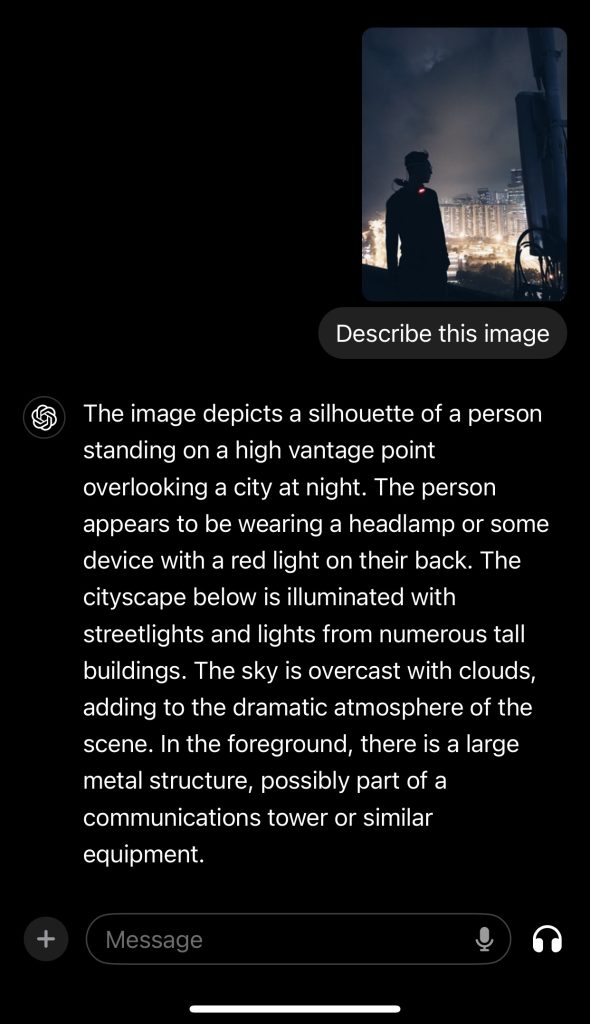
This initial use of GenAI demonstrates how artists can utilize AI tools to create accessible content, ensuring that our work can be experienced by a broader audience, including those with visual impairments. By integrating AI into our practice, we can enhance the inclusivity and reach of our art.
Stay tuned as I continue to explore and share more ways in which AI can support and transform our artistic endeavors. This is just the beginning of an exciting journey with Vital Capacities.
The structure was ready made by the architect team. We are now building the detail of the interior.
The eventual form will be a digital grave , we will be able to maintain the content for the rest of our life, as an artist last will. Also, the spaceship looking hall is an extension of the video work Space Warriors.
2020
An installation artwork made of metal wires, gypsum, cloth, and video art.
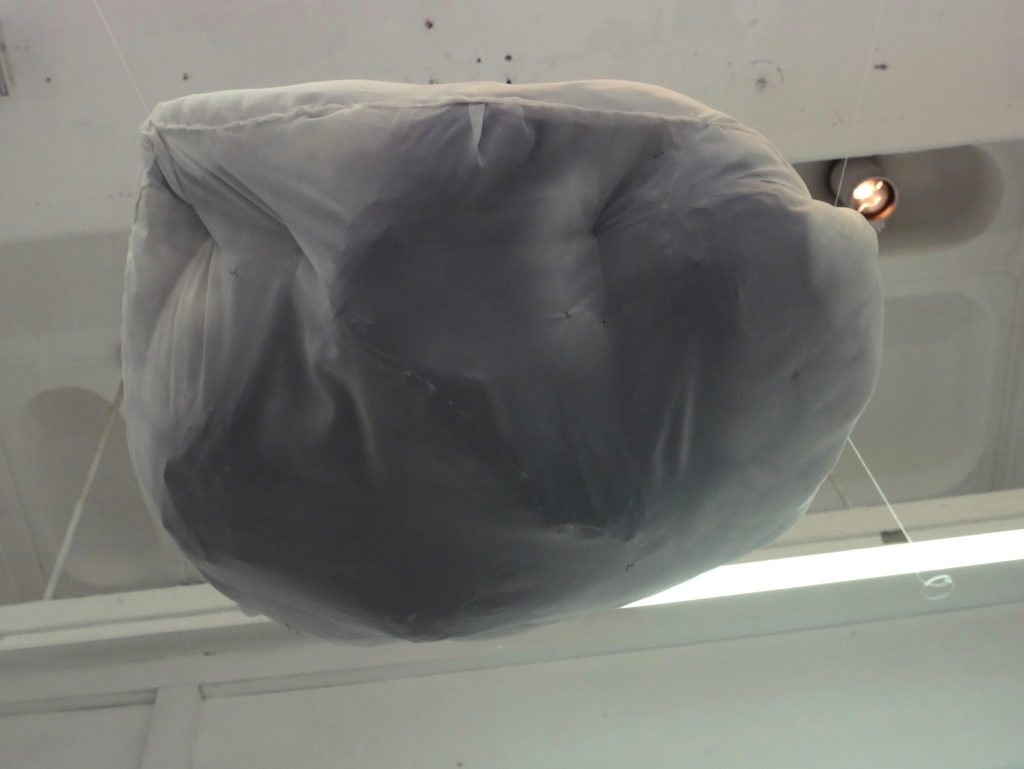
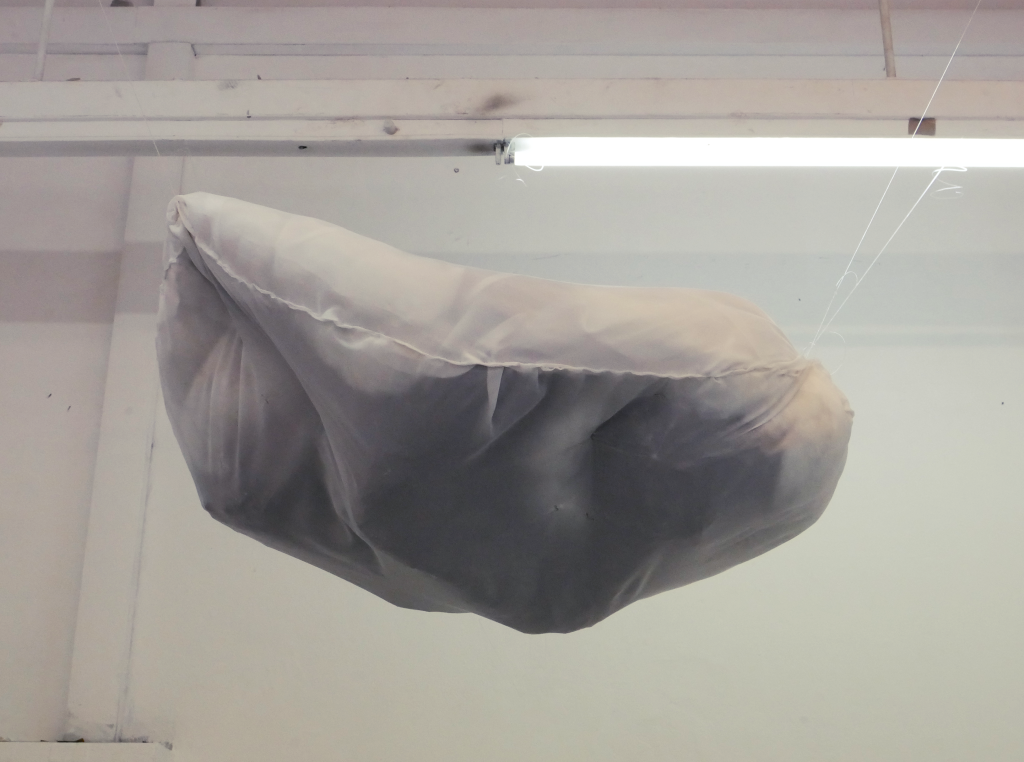
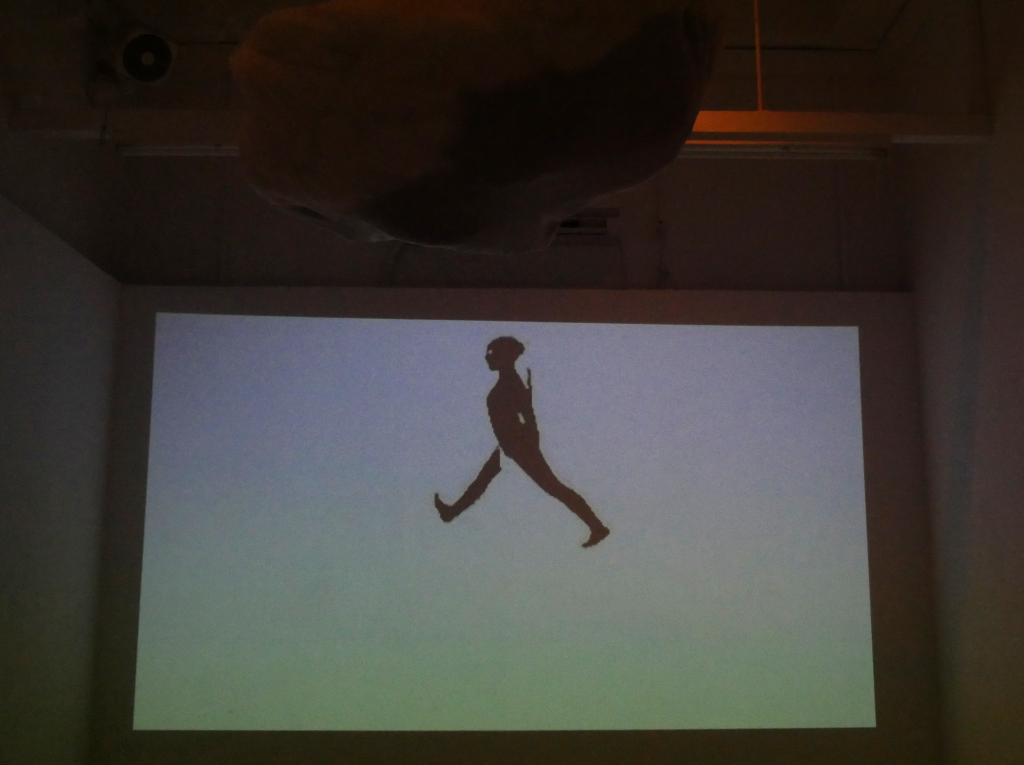
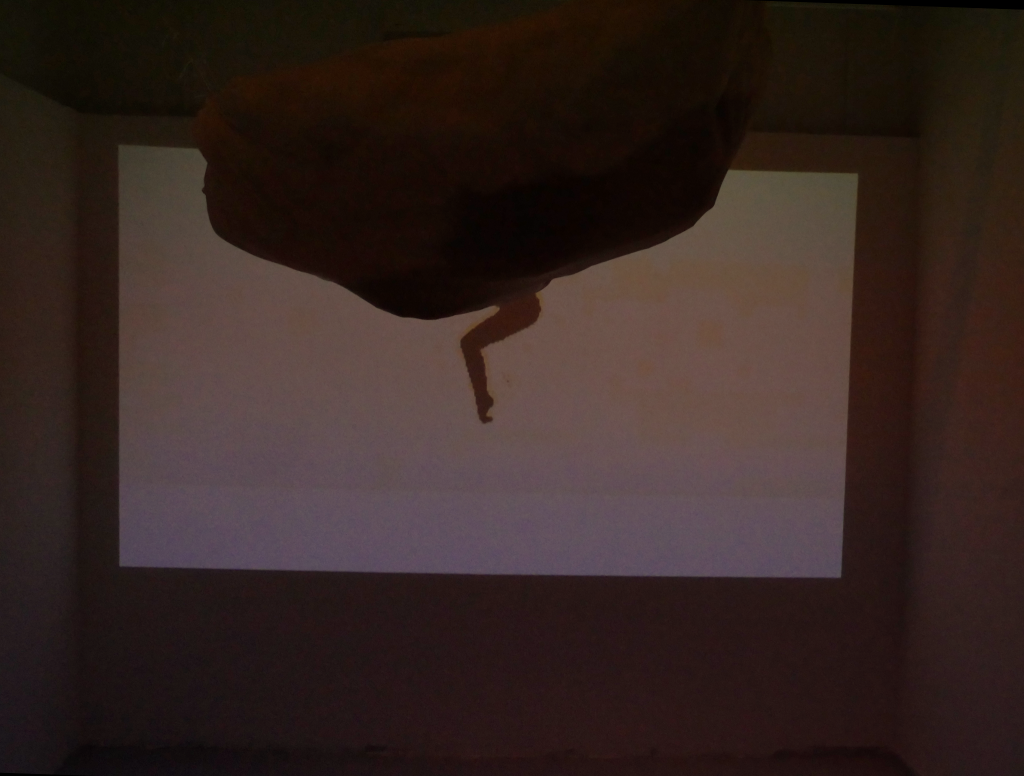
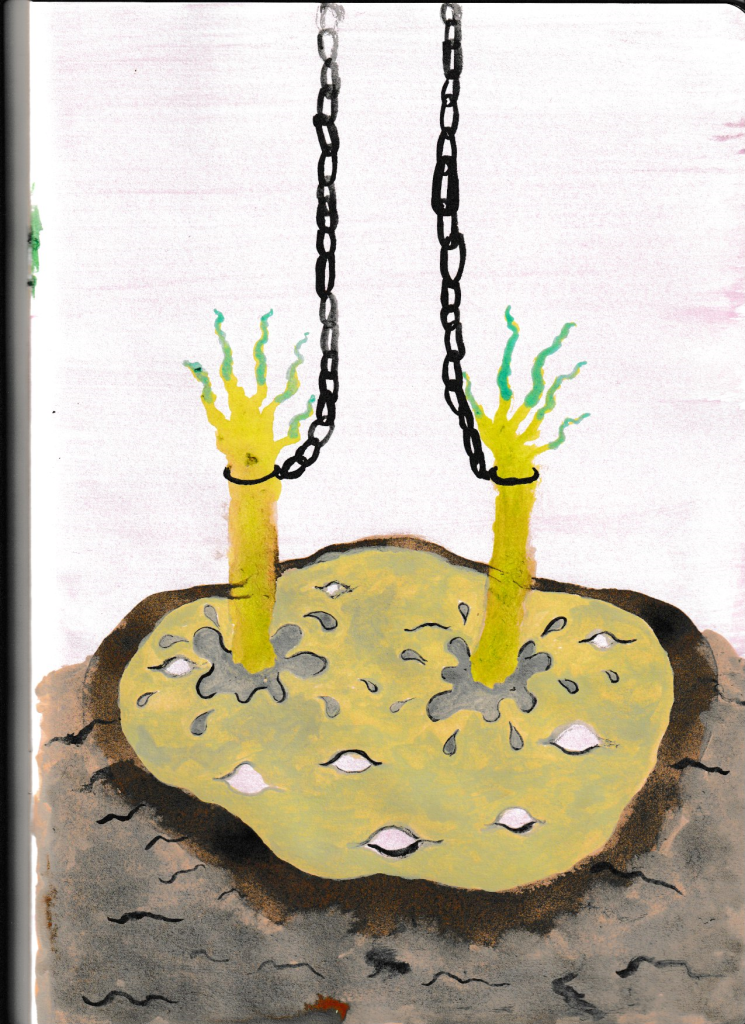
I love that phrase u sometimes hear about Halloween/Samhain: “the thinning of the veil”. From the idea of thin times it’s only a small leap to that of thin places. In Shetland witch (or heksi) folklore it is said that the stretch of sand that runs between high and low tide is the undisputed territory of the devil. Folk magic loves a threshold, a space between spaces (oh so liminal): a beach, a fog, the meeting point of two rivers, a keyhole, midnight, a crossroad. A bog. To get lost in a thick fog whilst traversing a bog might just about be the perfect setting to summon the dead. My sense is that these thin places and times are potent precisely because they can function as temporary sanctuaries, a home for those pushed to the margins. Not unlike Doom Patrol’s Danny The Street (DC Universe/HBO) a roving sentient genderqueer street that goes where it’s needed and provides a home to for us misfits.
a way to think about death and decomposition when it comes to 3D models. digital flys cover the bodies but they show no sign of decay, seemingly staying animated beyond their death
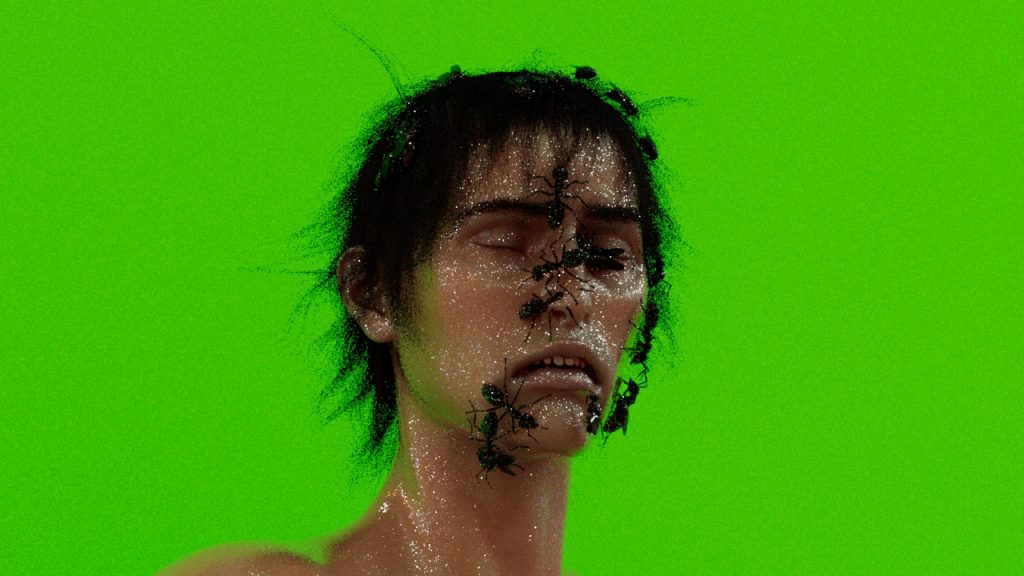
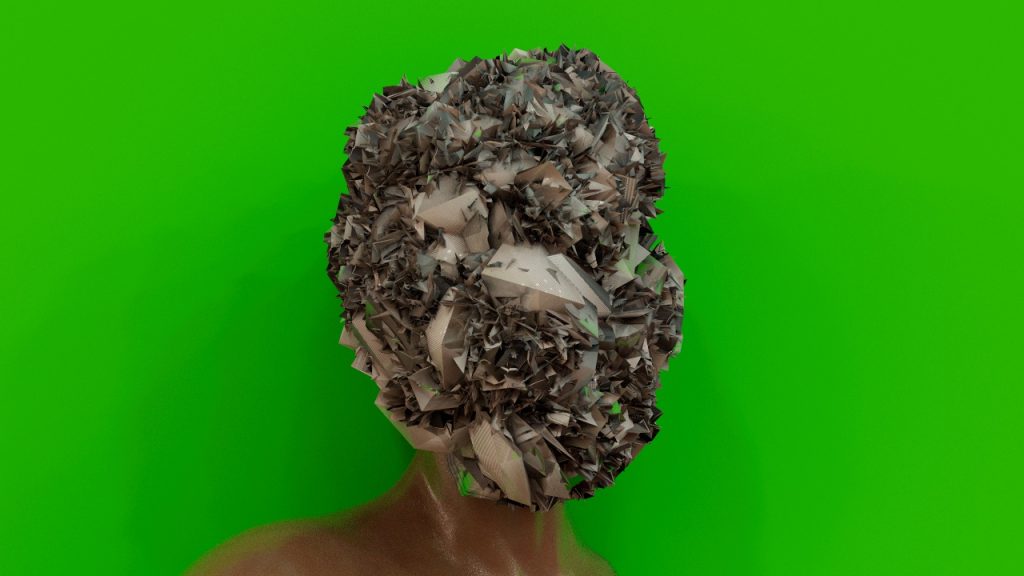
I am interested exploring darkroom printing with AR. Furthering on my work from the other week I’ve carried on exploring Anna Atkins cyanotype printed and edited them to create into an AR artwork.
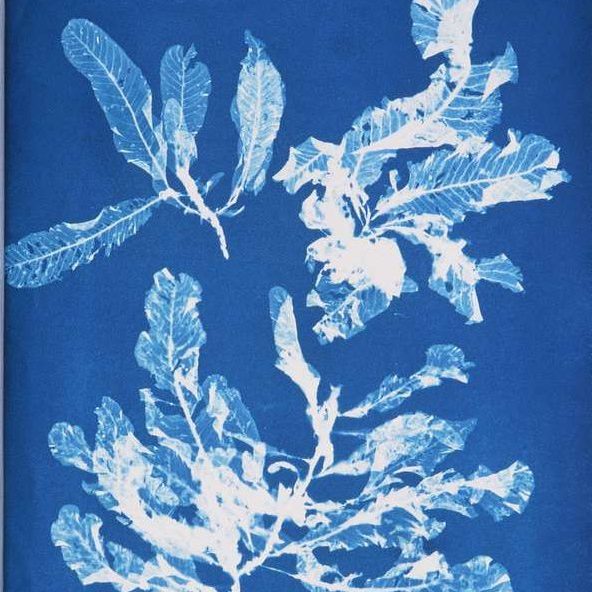
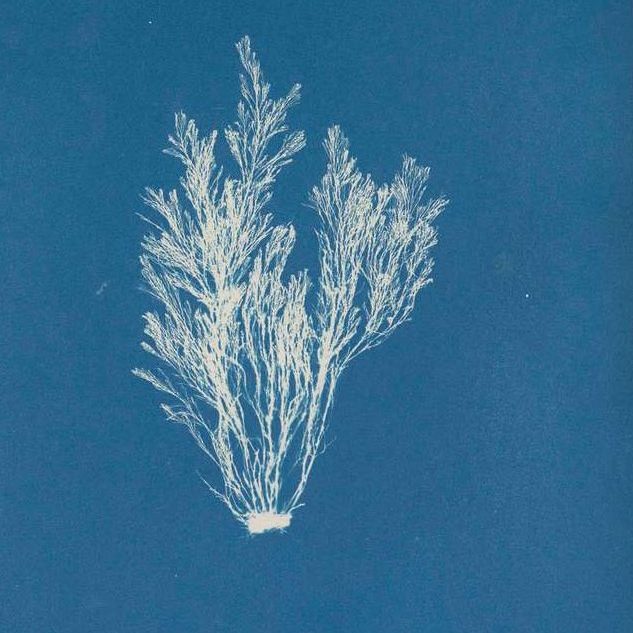
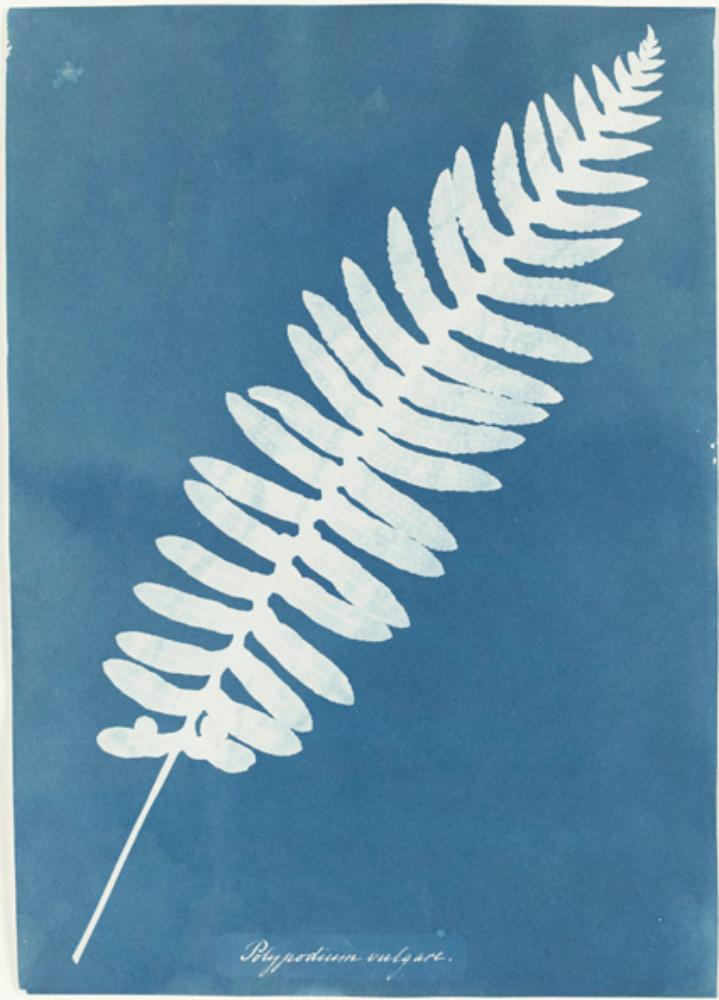
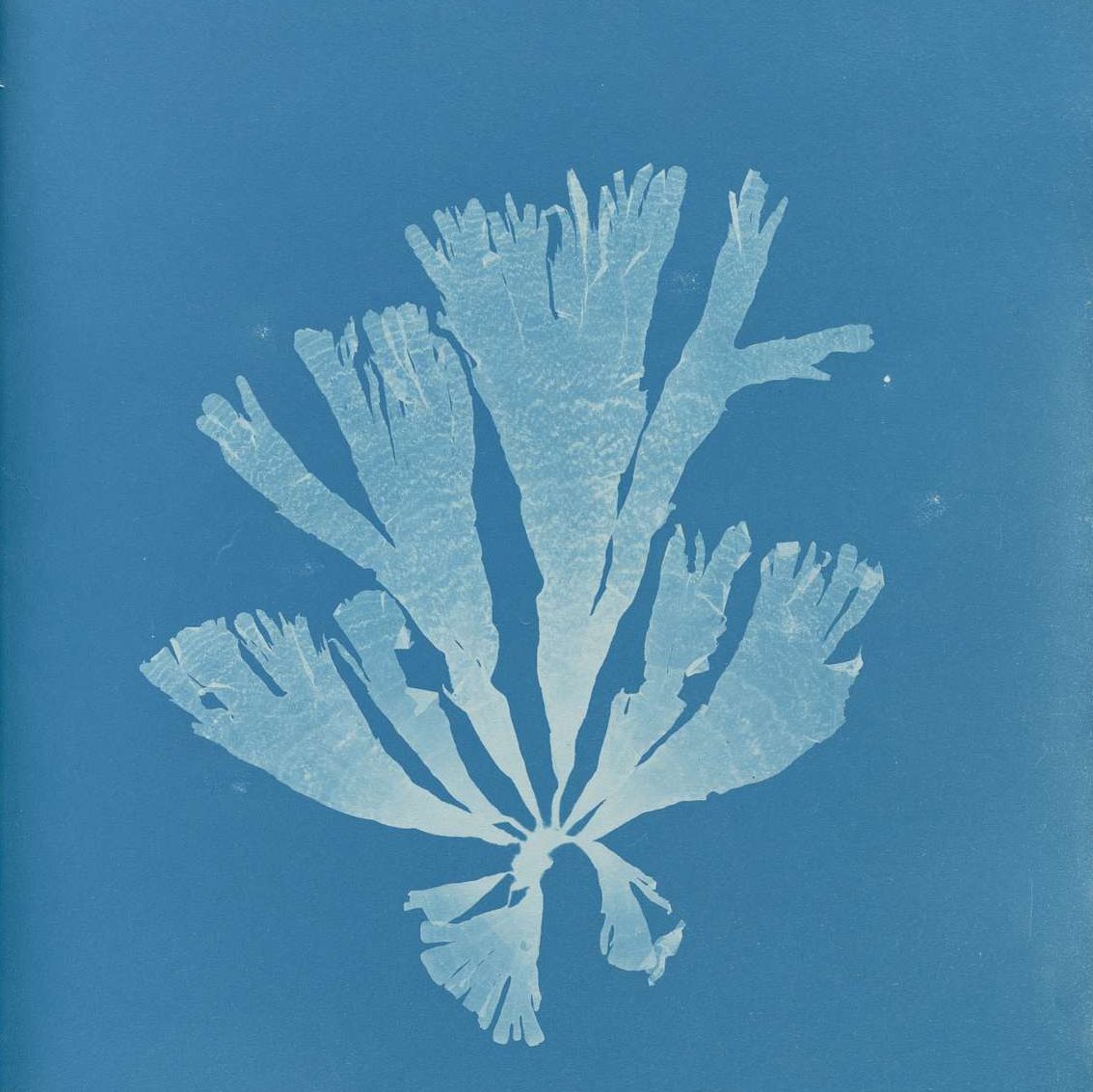
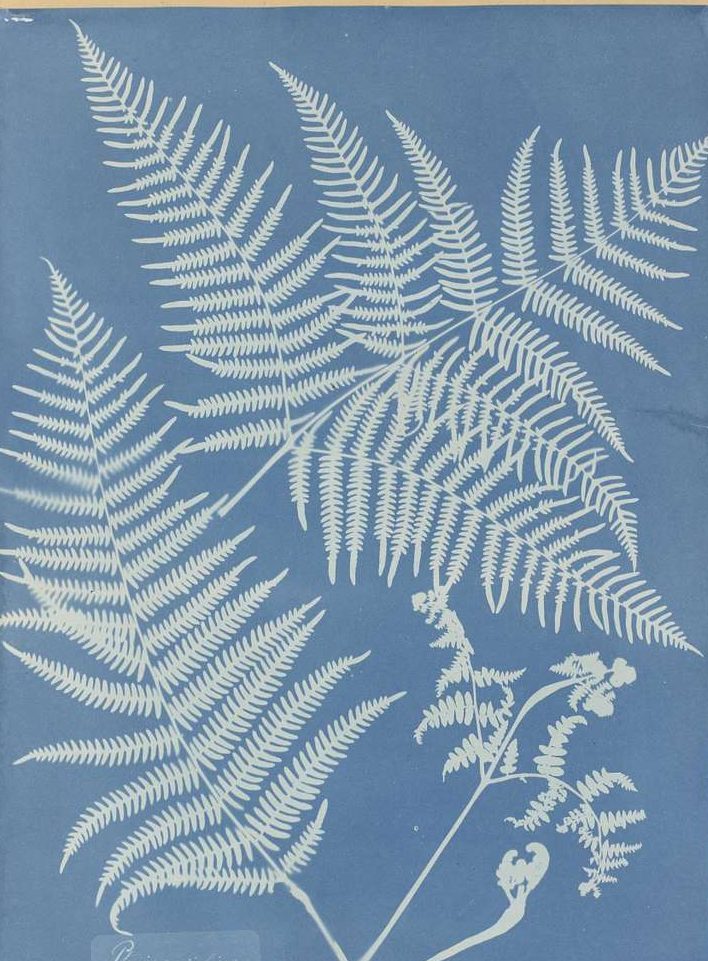
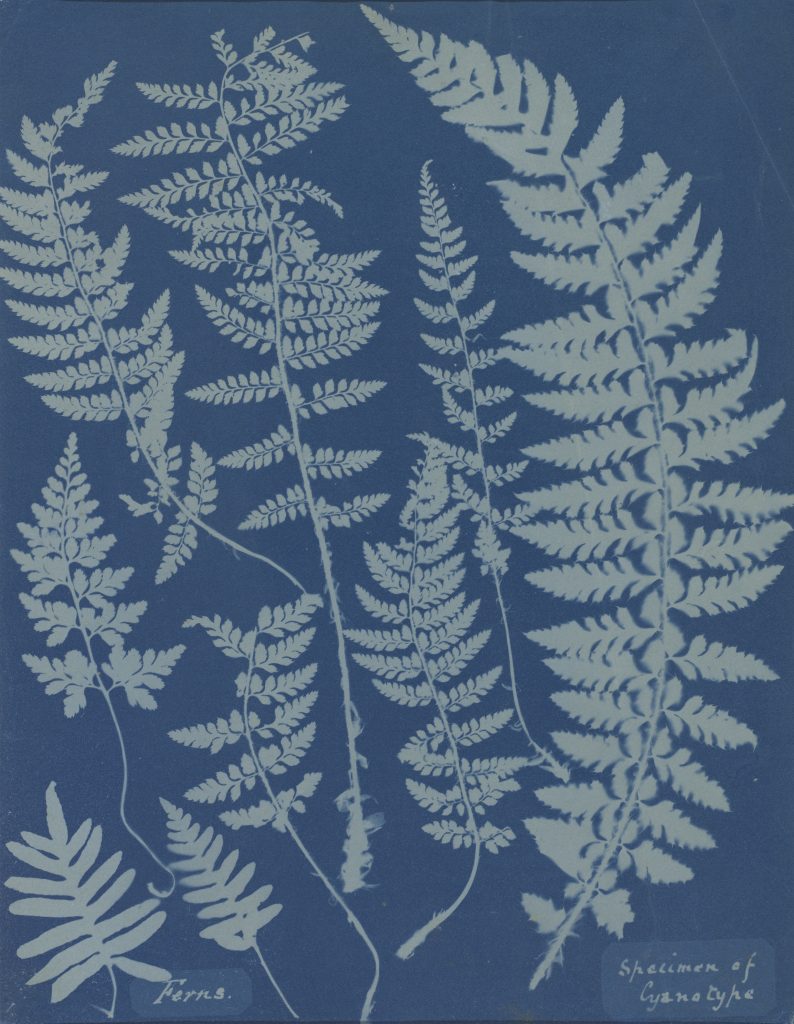
Scan the QR codes to see further AR works.
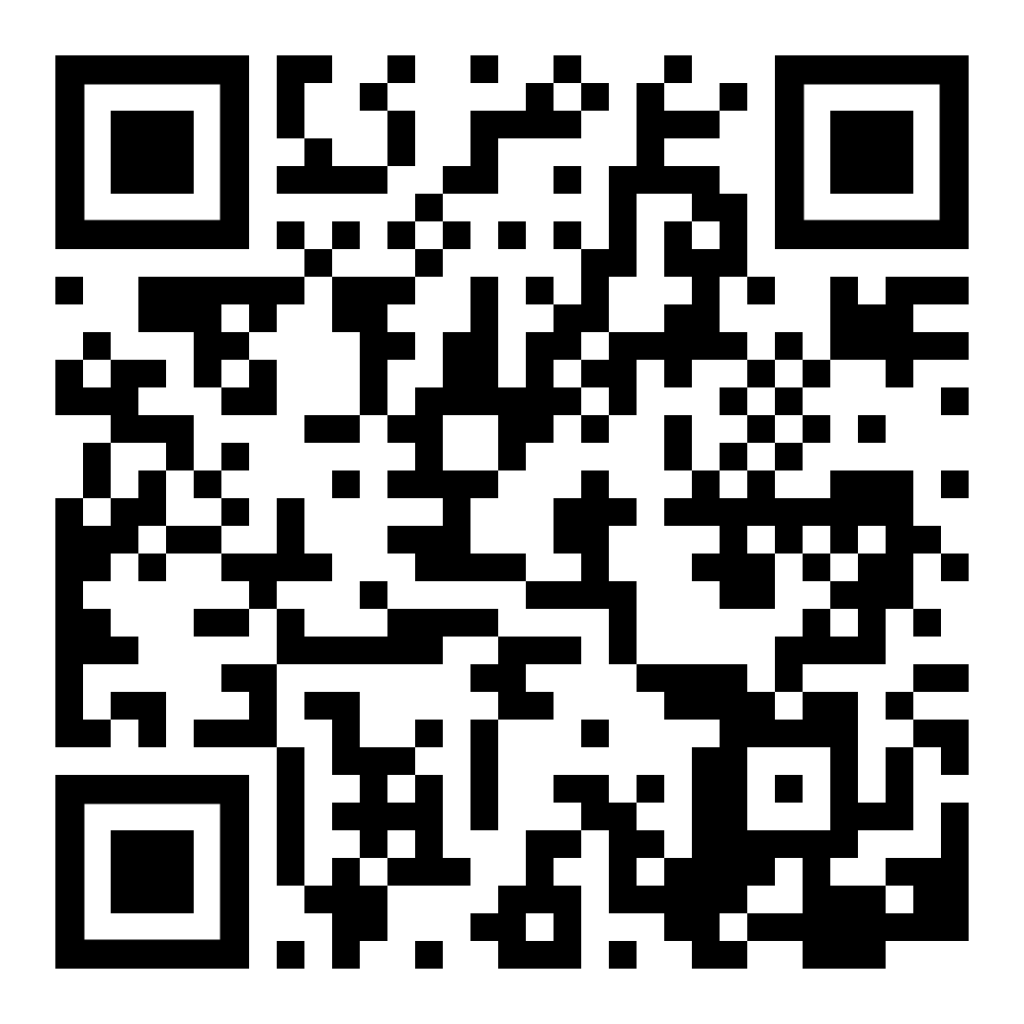
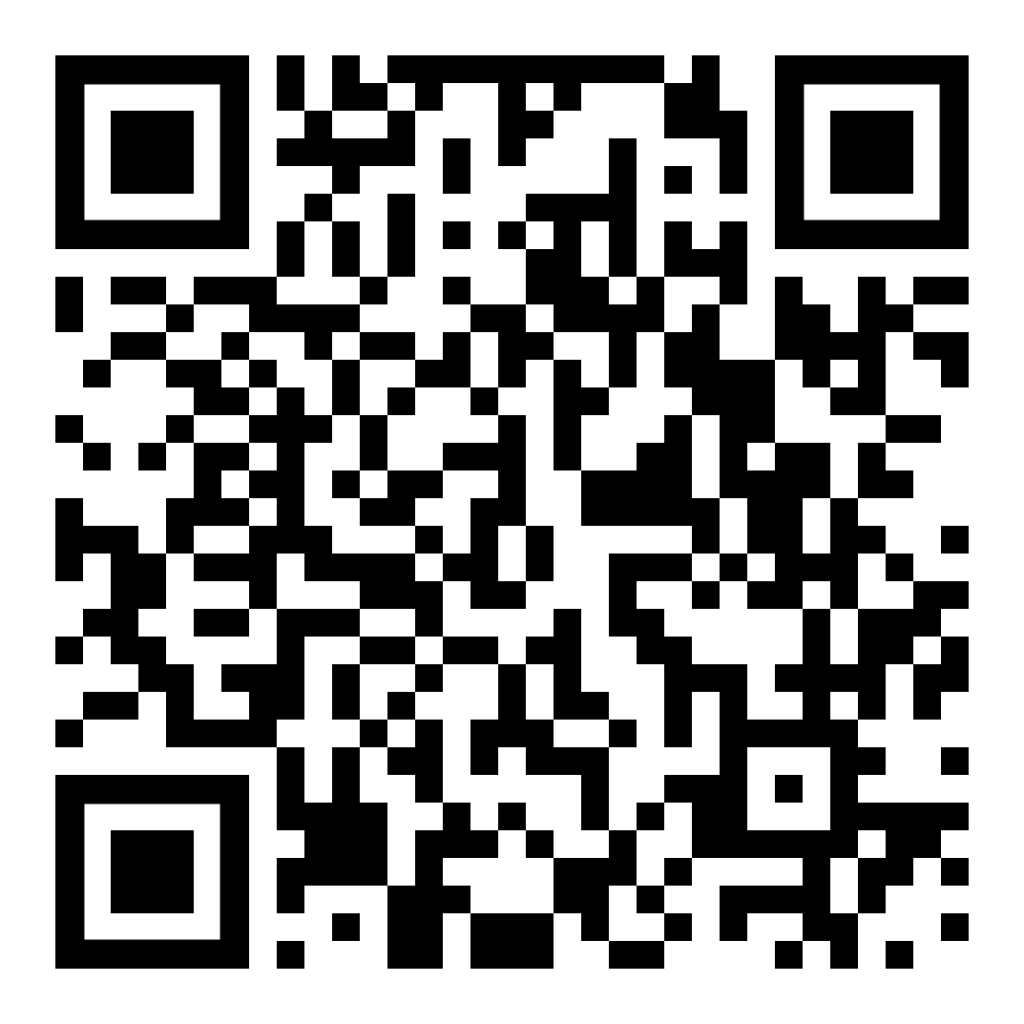
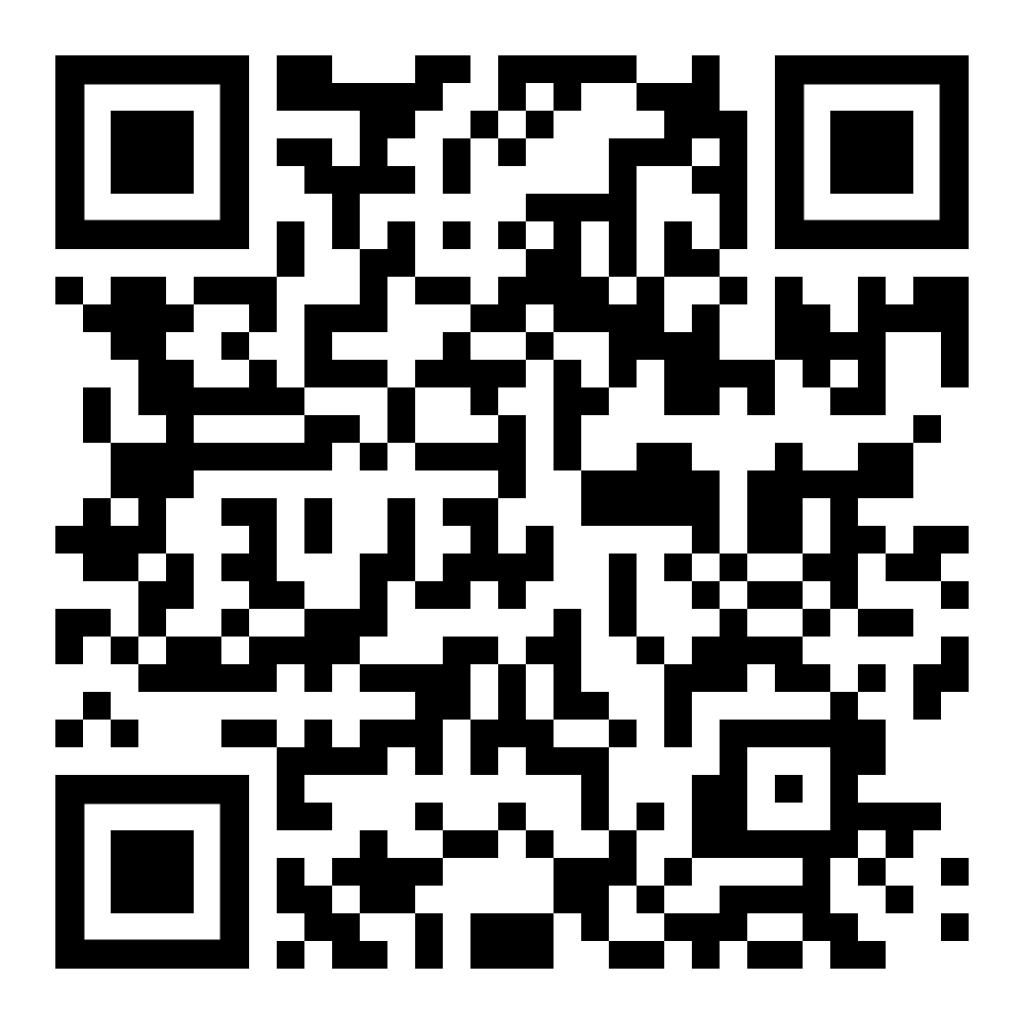
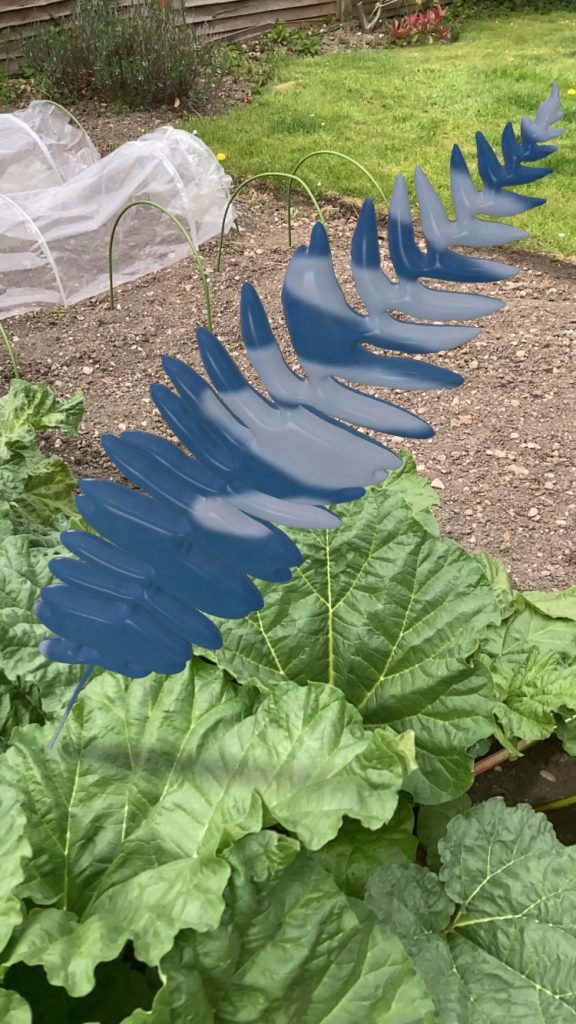
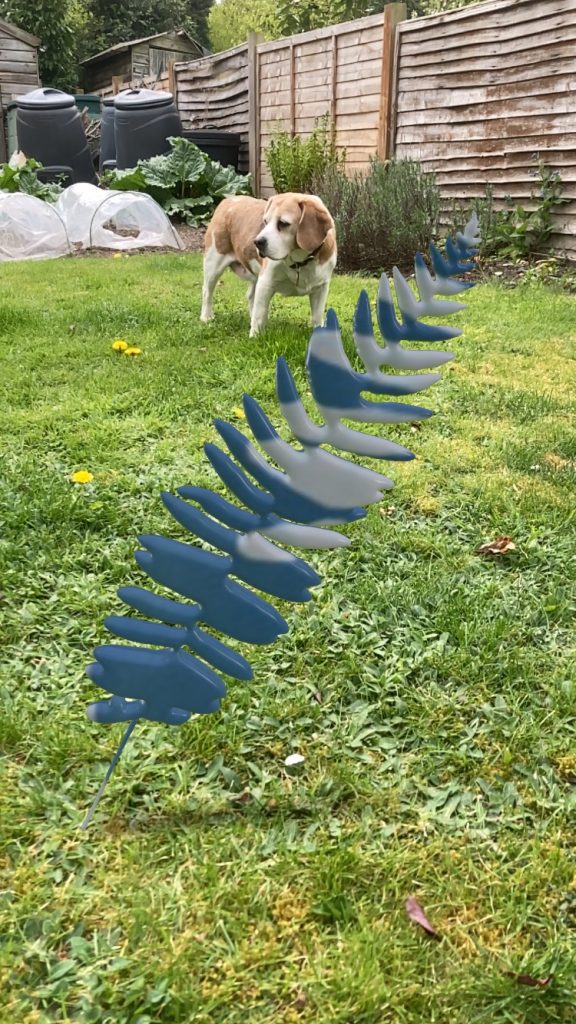
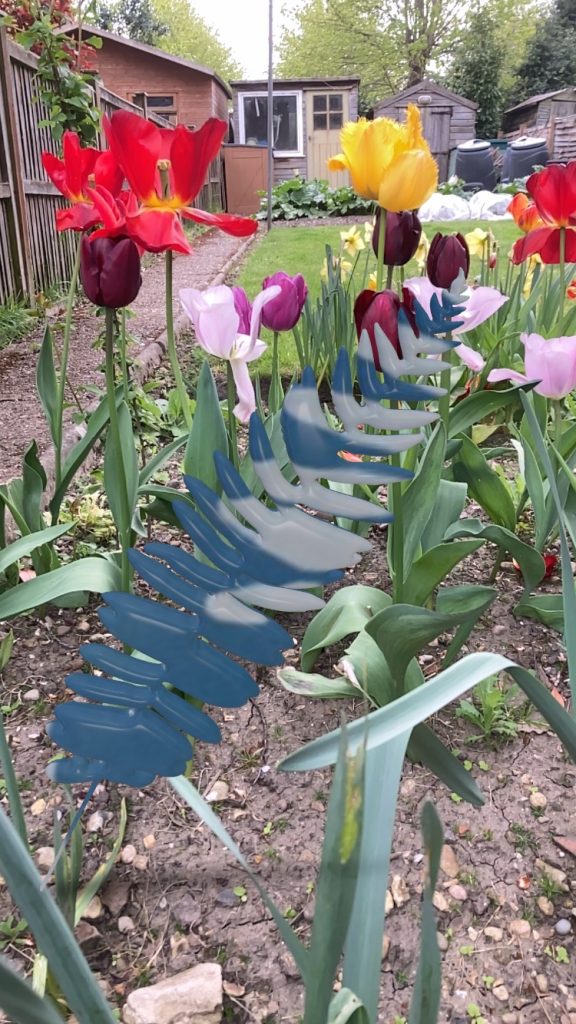
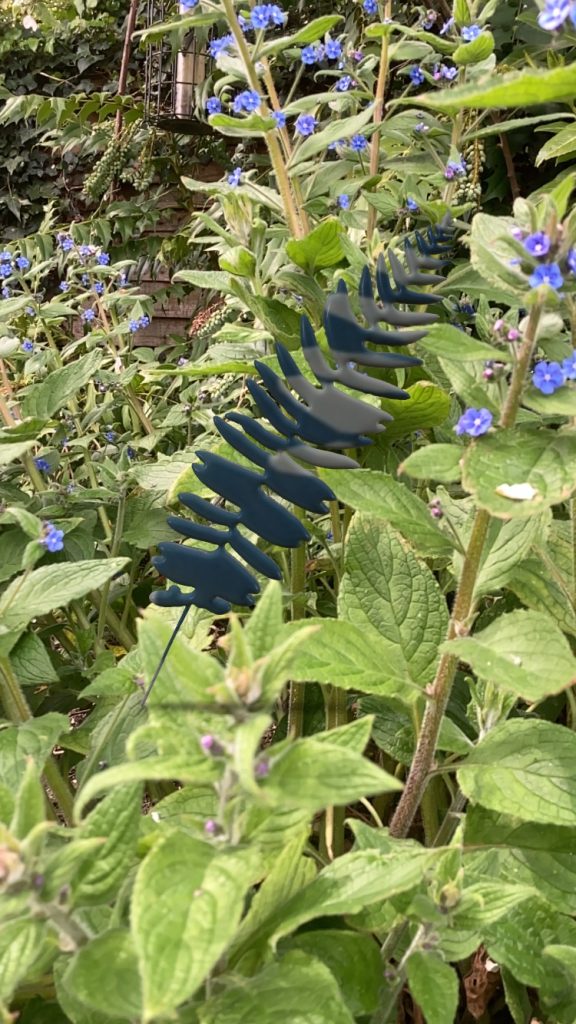
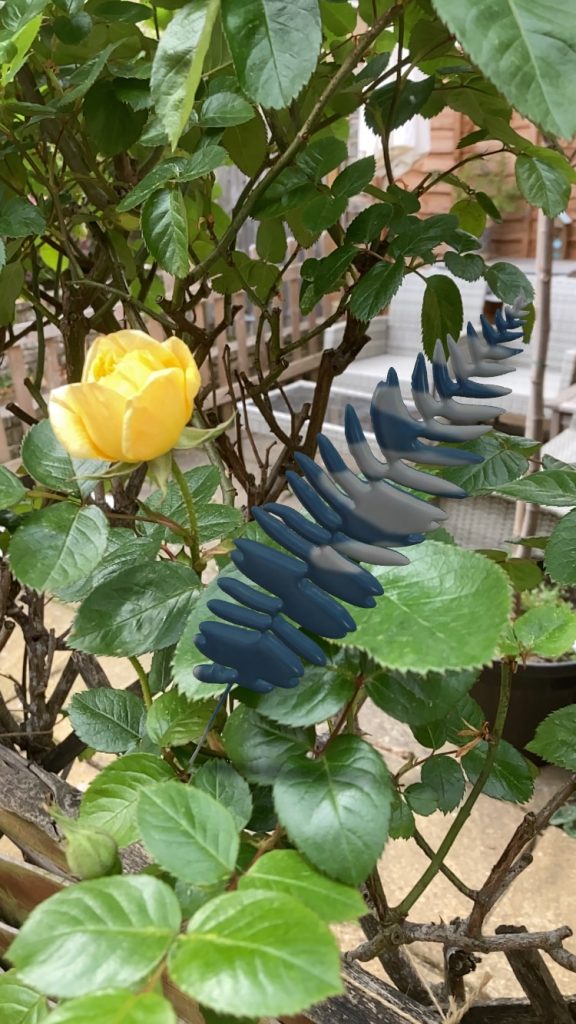
Scan the QR codes to open your Adobe Aero app to see further works.
